5. Mother!
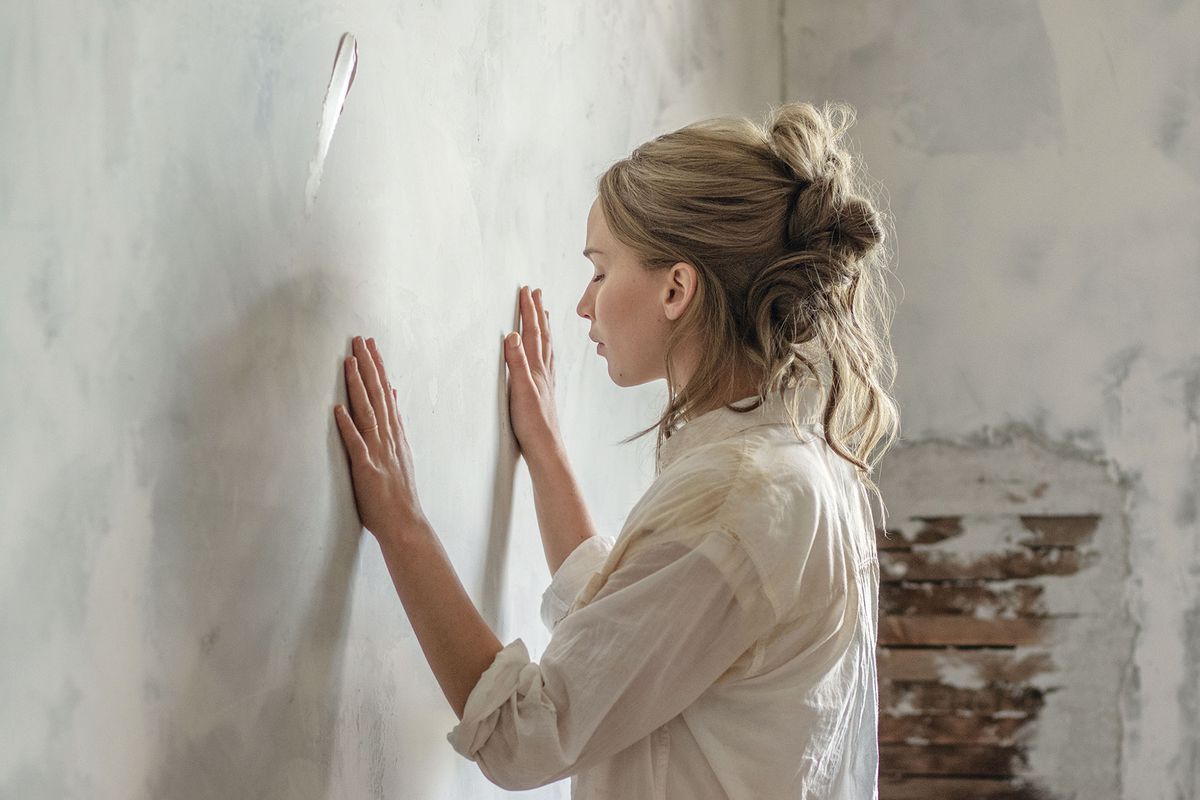
Darren Aronofsky’s latest film was met with both boos and standing ovations when screened at the Venice Film Festival, and if that wasn’t an omen for the future, then I’m not sure what is.
Centering around a couple living a peaceful life that is soon disrupted and ruined upon the arrival of unknown quests, the film was accredited a 69 percent by critics on Rotten Tomatoes and was lauded by many as a smart, intense drama whose ecological and religious undertones and analytical meaning made many think that this could be a masterpiece.
Although, once again these few items that made so many love the film also made audiences and critics alike hate the film. These hidden meanings behind the film made many lose interest as more and more people begin to show up and the film’s plot becomes more hectic and character oriented, possibly showing the limited ability of Jennifer Lawrence in this project.
Another reason as to why the film did not do so well with audiences is because of the film’s advertising that painted “Mother!” as more of a horror film than a surreal ride. Due to the spontaneity of the film and the factor of misleading audiences, it failed at the box office, leaving many critics puzzled but not surprised.
4. Berberian Sound Studio
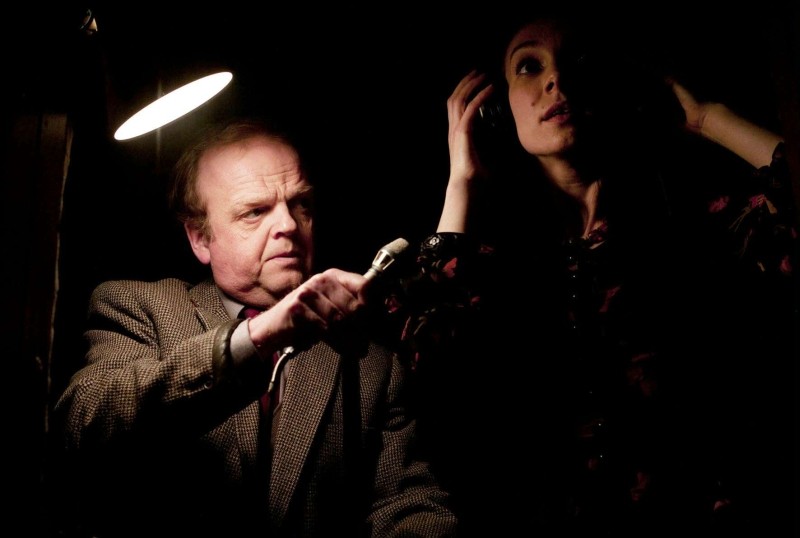
Another film with horror that is more metaphorical and surreal is “Berberian Sound Studio.” The story follows Toby Jones’ character Gilderoy as he is asked to do the sound design for a film that just happens to be an Italian horror film.
While the subject matter is horrifying, the story itself stays far away from any gore and basic horror troupes, keeping most of the horror elements within the mind of Jones’ character, as he slowly loses it while working day after day trying to get the sound effects for stabs correct.
Turning a film that isn’t initially scary into a surreal nightmare like this made many critics love the film, and a lot of that is thanks to Jones’ performance; critics loved the film so much that it stands with a 84 percent on Rotten Tomatoes.
The smart style of bringing a story to life, while having the horror very grounded within the story seemed like a no brainer for others to enjoy, but that wasn’t the case. Garnering a much different score of 53 percent, audiences found the film to drag, and when it came for the film’s big punch, many had already checked out or found it to be unsatisfying and boring.
3. The Neon Demon
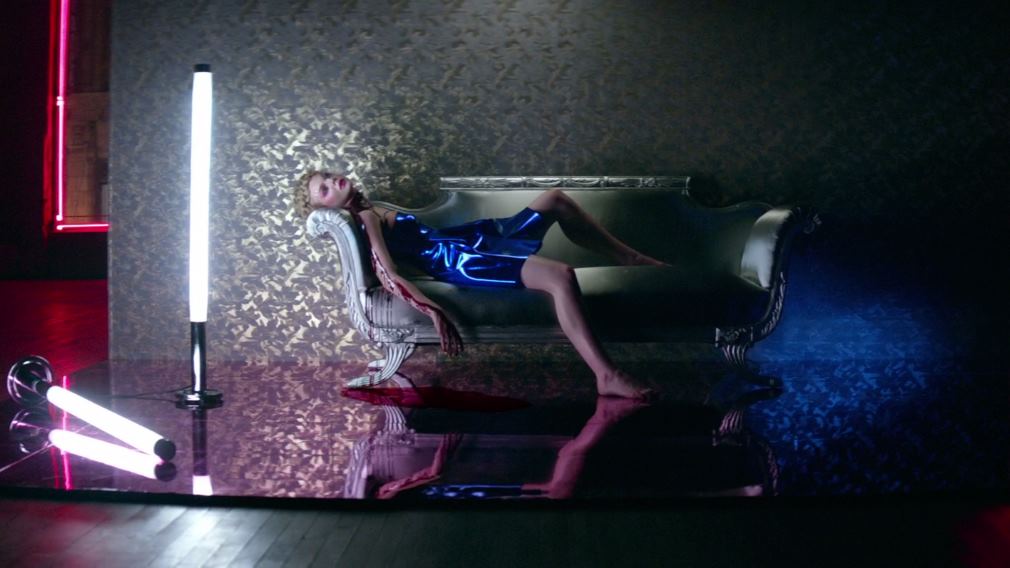
Another film that treads into surrealism and divided audiences and critics is Nicolas Winding Refn’s “The Neon Demon.” It’s the story of a teen who moves to Los Angeles to chase the dream of becoming a model, and while there she befriends a group of girls who may not be as kind as they seem.
The film’s rating is cut practically down the middle for both critics and audiences; for the detractors, most complaints are that the film is very surface level. Refn creates an aesthetically pleasing film to look at, but what’s beneath this look is nothing of substance, and a shallow re-hashing of the standard fame and looks-obsessed model troupe that runs through any commentary of the fashion world.
The world that’s created, though, is much like the characters in it, and that is what helps push the film to something better than just a pretty screen; it holds a darkness that many people could not understand, making this film amazing for many. Horrifying turns in this film take the overall idea of it to a level that was never seen coming, and until the very last second, Refn creates something that is wholly original and deserving of praise.
2. The Witch
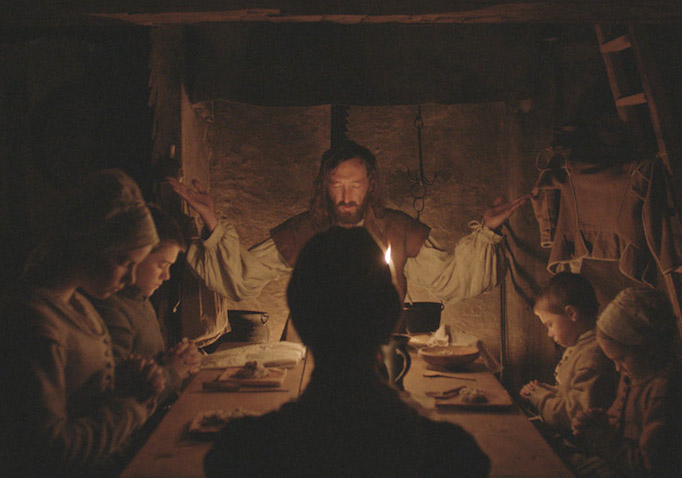
Like many of the films on this list, “The Witch” was a movie whose downsides were spots of brilliance for many viewers. Garnering plenty of critical praise as it made its way around the film festival circuit, this film picked up a lot of hype before its official release.
Using the silence that comes with the deserted wilderness of 1630 and the visuals that accompanies it, “The Witch” seemed to be one of the most tense horror films in years.
The film was horrifying, and effective enough that it gained a 91 percent from critics on Rotten Tomatoes. This 91 percent and praise for the film’s slow brooding horror was met with a 57 percent from audiences and complaints about the slow moving pace, and lack of ‘scares,’ and dialogue that was hard to decipher from its early colonial English.
All of these combined created a film that didn’t quite reach the expectations of audiences, and helped create one of the most deceives horror films from the past few years.
1. The Shining
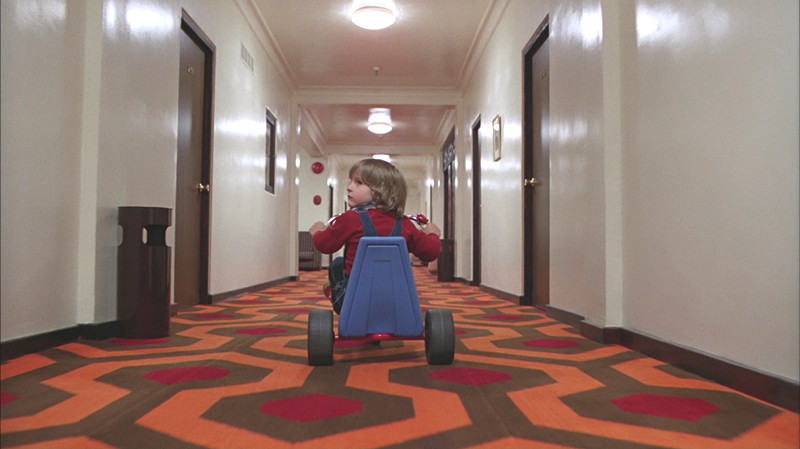
For many it’s a classic, for others it’s boring, a blot on an almost perfect filmography. Stanley Kubrick’s “The Shining” has been discussed and thought about since its release, and obviously upon its initial release it bombed.
Laughed at, and then nominated for multiple Razzie awards, the film wasn’t seen by many as what is today. Along with many critics and audiences at the time, the film’s biggest detractor was Stephen King himself, who did not take fondly to the liberties Kubrick took in terms of story and plot.
Through the years, though, “The Shining” has become one of the biggest horror films of all time, pushing Kubrick into a different realm of horror maestros that seemed he could never be connected to. A favorite of many, yet still hated by diehard King fans and critics for its blandness, it came from humble beginnings of getting trashed and almost instantly forgotten, but persevered and became one of Kubrick’s most memorable films.